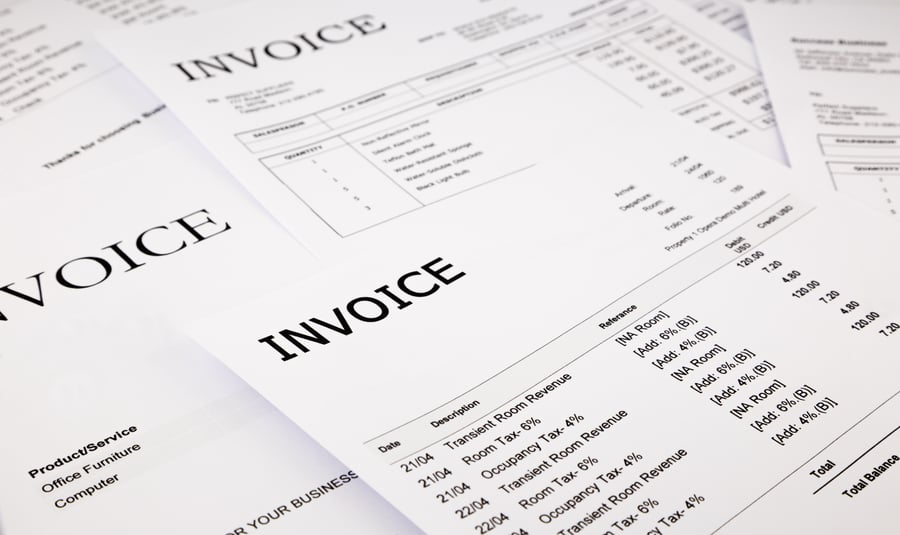Knowing how to improve your accounts payable process is a key part of being a successful business owner. If you get this element wrong, then your company may end up in financial turmoil, giving you a bad reputation for not paying clients.
Your Accounts Payable encompasses all payments that leave the business. This includes rent, utilities, payments to suppliers and even staff wages. The AP process is the method by which you pay these bills and manage your invoices.
As your business grows, you need to adapt your AP functions to clearly show your positive payment history. Being able to show a positive payment history is important as a key indicator when credit scoring your business. A higher company credit score will help your business secure better interest rates when applying for additional funding. It can also help you win larger contracts where a bidding/tendering process is required.
To help you out, we've created some useful tips to streamline and improve your AP process.



